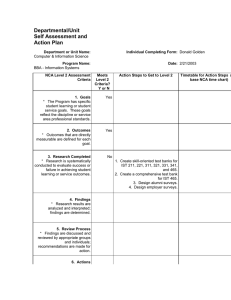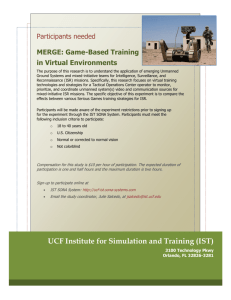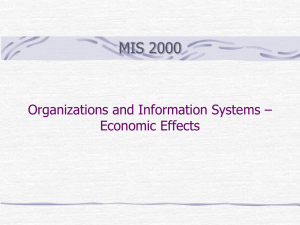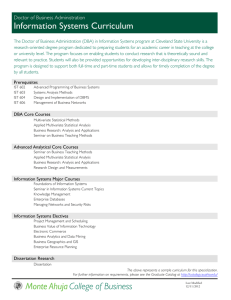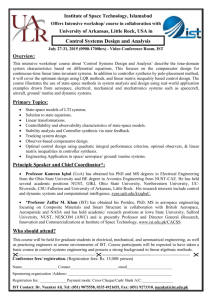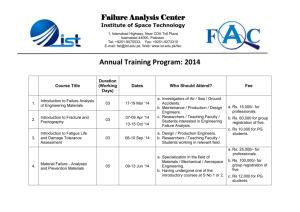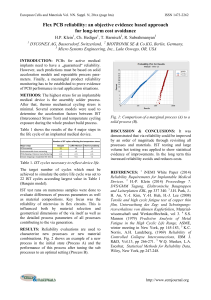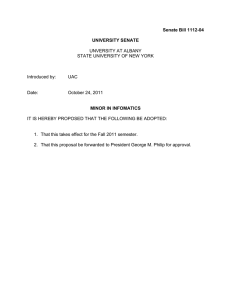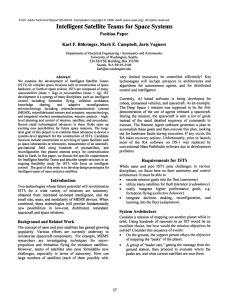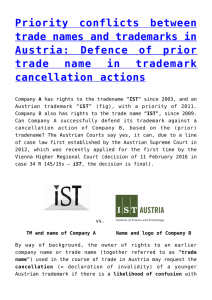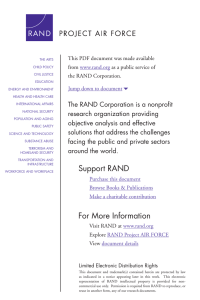R
advertisement
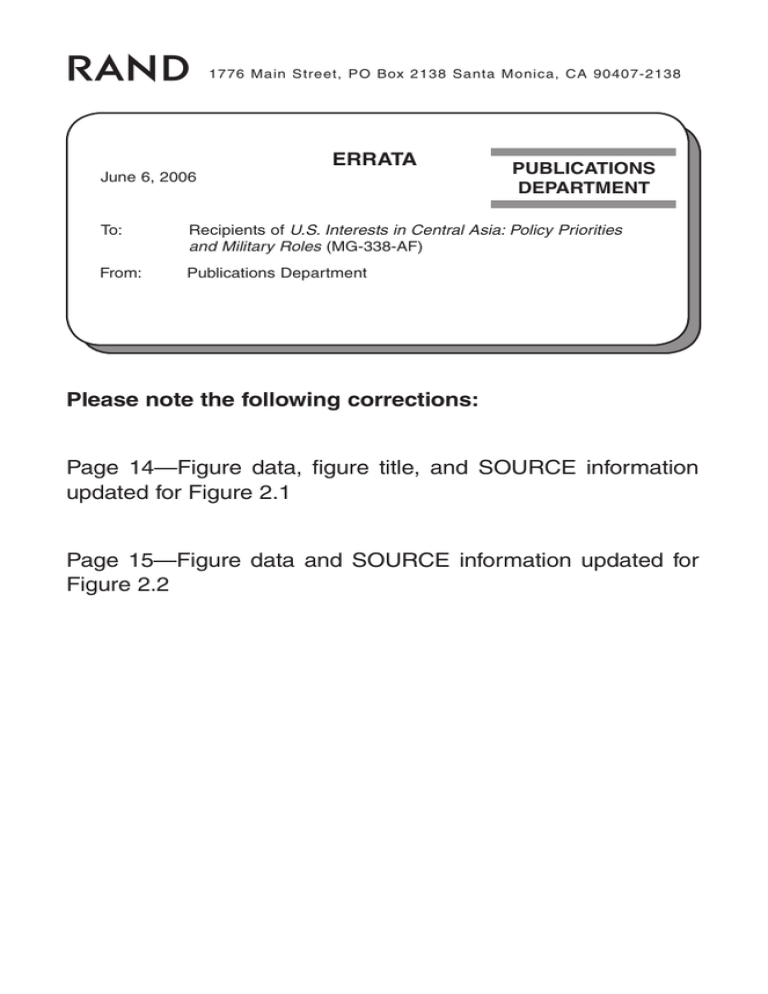
R June 6, 2006 1776 Main Street, PO Box 2138 Santa Monica, CA 90407-2138 ERRATA PUBLICATIONS DEPARTMENT To: Recipients of U.S. Interests in Central Asia: Policy Priorities and Military Roles (MG-338-AF) From: Publications Department Please note the following corrections: Page 14—Figure data, figure title, and SOURCE information updated for Figure 2.1 Page 15—Figure data and SOURCE information updated for Figure 2.2 14 U.S. Interests in Central Asia: Policy Priorities and Military Roles Figure 2.1 Total U.S. Government Assistance to Central Asia, 1992–2004 3,500 $ millions obligated 3,000 2001–2003 1992–9/30/2000 2,500 1,061.95 2,000 1,500 1,000 1,855.62 261.63 187.15 on re -w To ta lf or on gi ek gi id e an ist an en m rk Tu Ta jik ist ist an Ky rg yz st an st kh za Ka 22.91 218.32 181.65 an 0 328.54 42.36 287.2 zb 484.23 Re 219.36 684.22 U 500 SOURCE: U.S. Department of State (2004). RAND MG338-2.1 nancing (FMF) and IMET assistance to these countries grew since OEF began. Although at the time this report was written comprehensive data were available only through the end of 2003, it is clear that a disproportionate amount of assistance since the collapse of the USSR was provided in 2001 and after. One area in which there seems to have been little benefit to either Kyrgyzstan or Uzbekistan is direct spending in local communities as a result of the base presence. Although some local personnel were hired on and near the bases to provide food and other services, U.S. personnel are largely confined to the base facilities and do not venture out to local restaurants and shops to spend money. This is in contrast, for example, to the German presence in Uzbeki- Defining U.S. Interests in Central Asia 15 Figure 2.2 U.S. Military Aid to Central Asia (IMET and FMF), 1990–2003 110 100 2001–2003 1992–2000 $ millions obligated 90 80 70 76.165 60 50 40 30 36.151 20 on re gi ist lf or ek ta Tu zb m Ta en jik ist an an an ist an st yz rg Ky 8.154 3.703 To 0.7 6.375 an st kh za 1.658 rk 9.871 0 Ka 28.103 8.650 U 8.233 10 SOURCE: U.S. Department of State (2004). RAND MG338-2.2 stan and to other coalition forces based at Manas, Kyrgyzstan, who enjoyed considerably more freedom of movement.23 The United States did not take advantage of Kazakhstan’s offer of base access for U.S. forces in support of OEF. Although the two countries agreed that the United States could use Kazakh facilities in an emergency, this never took place. However, the offer of access itself was unprecedented—the base offered, Lugovoi, had never been visited by U.S. personnel until the offer was made. Moreover, overflight was useful for OEF, and the United States government appreciated the Kazakh willingness to help. As elsewhere in Central Asia, this meant stepped-up assistance.24 Border security is one critical aspect of ____________ 23 Oliker, Lal, and Blasi (unpublished). 24 Interviews with U.S. officials, summer 2003.
